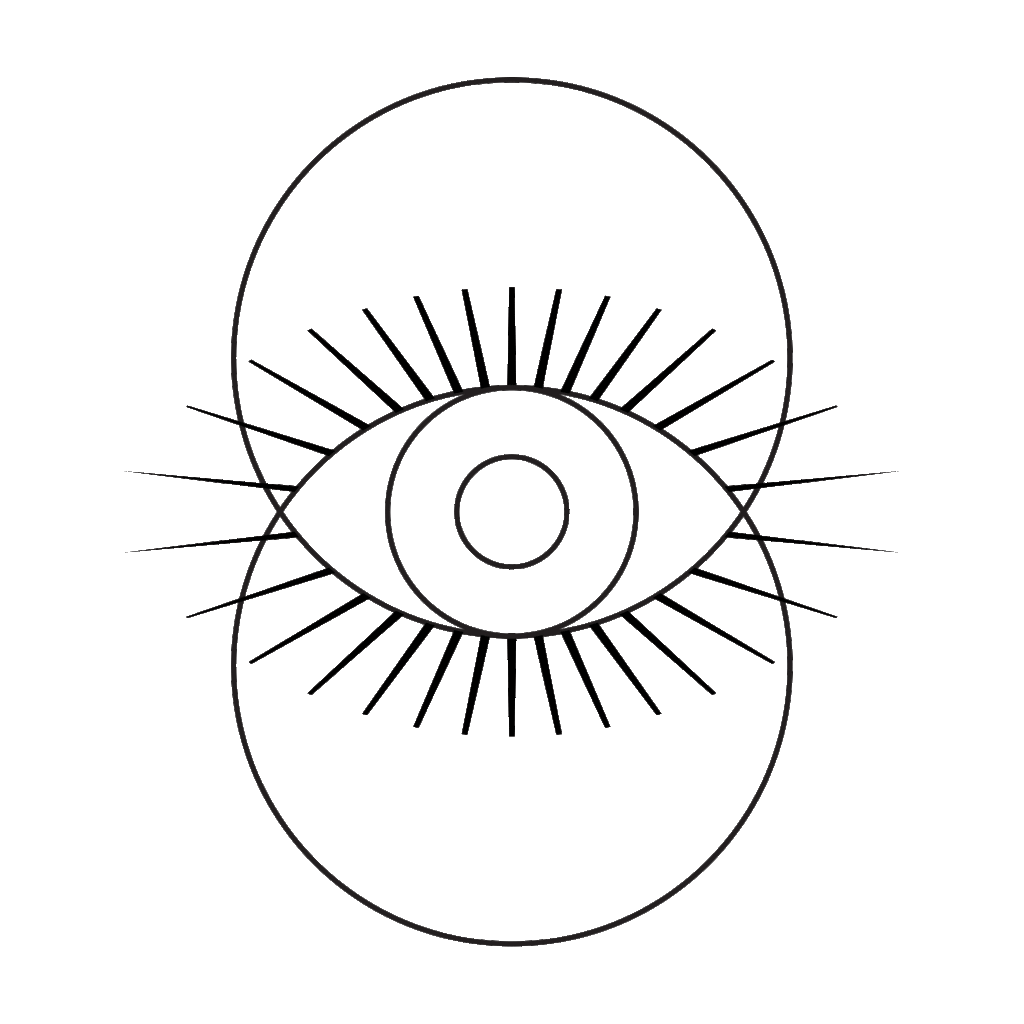EMDR therapist in San Francisco
a conscious approach and practice
for subconscious problems

HOW MANY TIMES HAVE YOU LEFT A THERAPY SESSION FEELING DEPLETED? UPSET OR WORSE THAN BEFORE YOU STARTED?
And did you really just pay all that money to talk about and rehash all those dark and painful moments you would rather forget?
Get out of your head and on with your best life!

transform your
thoughts
fears
behavior
with
evidence-based emdr therapy for trauma recovery
EMDR (Eye Movement Desensitization and Reprocessing) is a successful new form of psychotherapy designed to minimize the stress associated with traumatic memories manifested in PTSD. While recalling distressing experiences, the individual engages in a form of bilateral stimulation, like tapping either side of the body or side-to-side eye movement.
EMDR works to address past memories in connection with current issues while helping to create a positive future. EMDR helps decrease PTSD symptoms such as nightmares, flashbacks, anxiety, depression, excessive worry, hopelessness, and crying spells. It also helps with phobias (fear of flying/spiders/public speaking) social anxiety, relationship challenges, and stress.
When a person is traumatized, it can create memories around the event that can feel as real as the event. Those “frozen in time” memories can interfere with how the person views the world and how they relate to others. EMDR helps to change the way the brain processes traumatic memories to help an individual manage with less stress and importance.
The EMDR process focuses on the past, present and future in eight-phases:
PHASE 1: The therapist gathers historical information, identifying disturbing areas to target and to determine if EMDR is right for you.
PHASE 2: The therapist will make sure you have the necessary coping skills to manage emotions that may arise during treatment.
PHASE 3-6: These are the working sessions designed to help you in three areas. First, to identify specific negative memories and the related emotions. Second, to explore positive and negative beliefs you have about yourself. Third, to learn how to identify your feelings and the bodily sensations connected to those emotions.
PHASE 7: A period of time for reflective journaling to check to see if there are any remaining issues to address.
PHASE 8: You will review your progress with the therapist. This may be your final session.
Each person’s trauma is unique to their experiences; treatment may take less than eight sessions, for some people it may take more.
TRAUMA IS WIDELY MISUNDERSTOOD
You didn’t have to experience an extreme like going to war, being shot, stabbed or raped to be affected by trauma.
TRAUMA IS DEFINED BY YOUR EXPERIENCE
You might suffer trauma from the pain of little events compounded over time, such as the constant criticism of your mother.
To heal something, we must understand it.
Trauma is trauma,
whether it is with a
big T or a little one
Get over emotional and relational patterns that can happen because of unprocessed trauma.
We make sense of things with the left side of our brain—this is the home of reason and language.

Trauma is stored on the right side of our brain—which doesn’t keep time—that is why trauma is timeless.
DUE TO THE LEFT/RIGHT BRAIN BARRIER, TRAUMA GETS LOCKED IN THE NERVOUS SYSTEM AND IMPACTS OUR STRESS RESPONSE.
give your nervous system the restoration it needs
EMDR IS LIKE R.E.M. SLEEP WHEN YOU ARE AWAKE
THE MIND GOVERNS THE BODY, SO TRANSFORM YOUR MIND.
With EMDR you don’t need to take a deep dive into trauma recovery to experience positive results. Explore your issues and challenges, but don’t dwell on them. Move towards help and wholeness and actively engage your body’s natural healing system.
feel safe and find profound healing
support your progress with emdr
Before sessions, people may fear driving, suffer from social anxiety, depression, insomnia and crying spells.
After only a handful of sessions, people will experience a reduction of symptoms.
EMDR also helps with your ability to cope with negative influences that can offset a positive outlook.

My connection with my clients helps them to feel seen, safe, cared for as they go through the vulnerable process of EMDR.
During an active EMDR session I co-imagine with you and ask questions designed to promote desensitization and reprocessing.
We shift your perspective so you can reprocess the original incident that is “unhelpfully stuck in your brain” so you can see things more objectively and not feel psychologically overwhelmed by the memories and flashbacks.
With EMDR therapy you are no longer activated emotionally. We shift negative beliefs into helpful, positive ones.
Are you comfortable with being temporarily uncomfortable? At the start of the session, you will be vulnerable, exposed and negatively activated emotionally. It is intense and you might cry, but by the end of the session, you will be mentally and physically relaxed and calm. After a session, you are relieved and hopeful.
EMDR can create an altered state of consciousness, activating the spiritual dimension. Often people, (especially creatives or meditators) can experience intense visuals with profoundly positive impacts.

